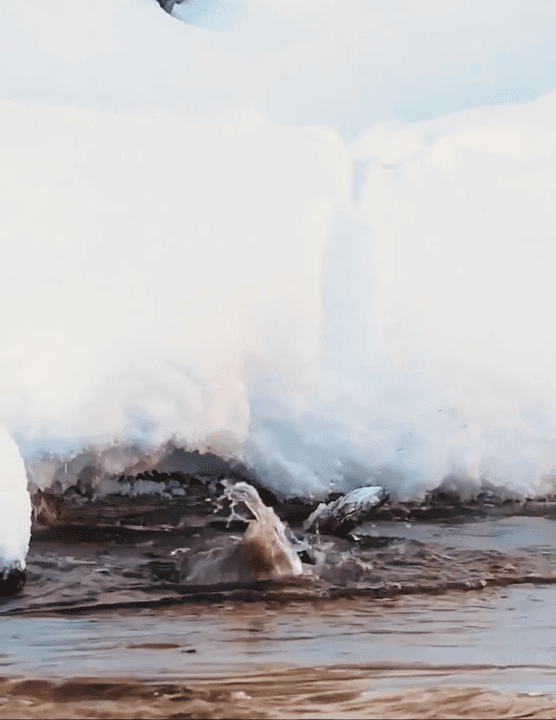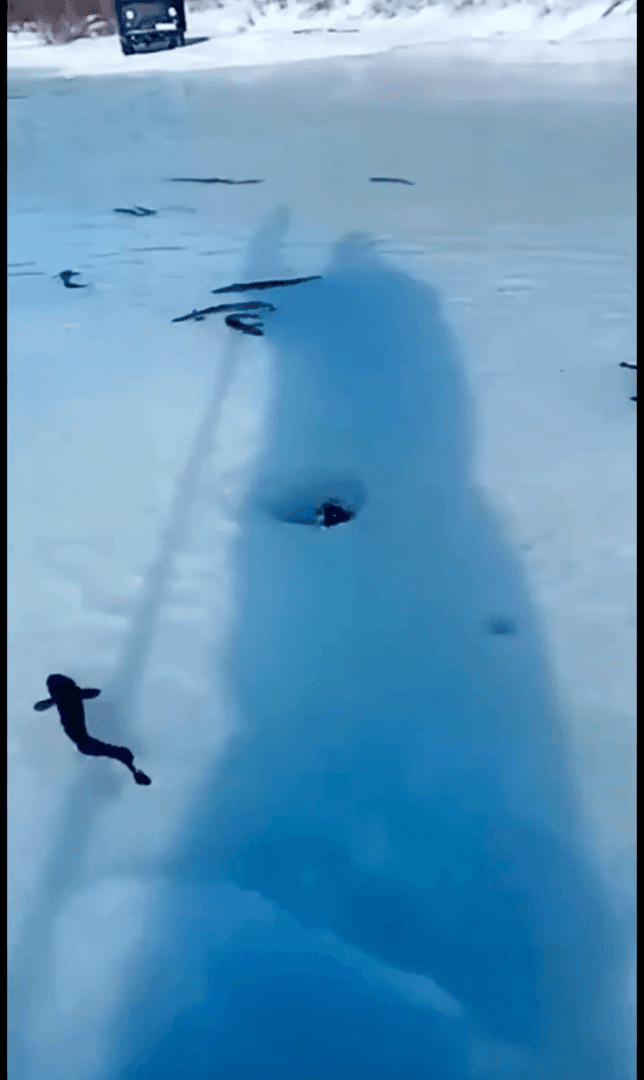
Hunting Adventures in Kédougou, Senegal: Wildlife, Species, Laws and Commnities, Hunting Legislation The Kédougou Department in Senegal is a paradise for hunters, offering a unique combination of diverse ecosystems, rich wildlife, and well-regulated hunting practices. Located in the southeastern part of the country, Kédougou is home to the Niokolo-Koba National Park, one of West Africa’s most significant wildlife reserves, and the Gambia River, which provides a stunning backdrop for hunting activities. Hunting in Kédougou: Niokolo-Koba National Park and the Gambia River Niokolo-Koba National Park The Niokolo-Koba National Park, a UNESCO World Heritage Site, is a highlight of the area, offering a sanctuary for a wide range of species, including elephants, lions, and antelopes. The park’s dense forests and open savannas create a perfect habitat for both large and small game. While hunting is strictly prohibited within the boundaries of the Niokolo-Koba National Park, the surrounding ar
Post: 3 July 09:43
















































